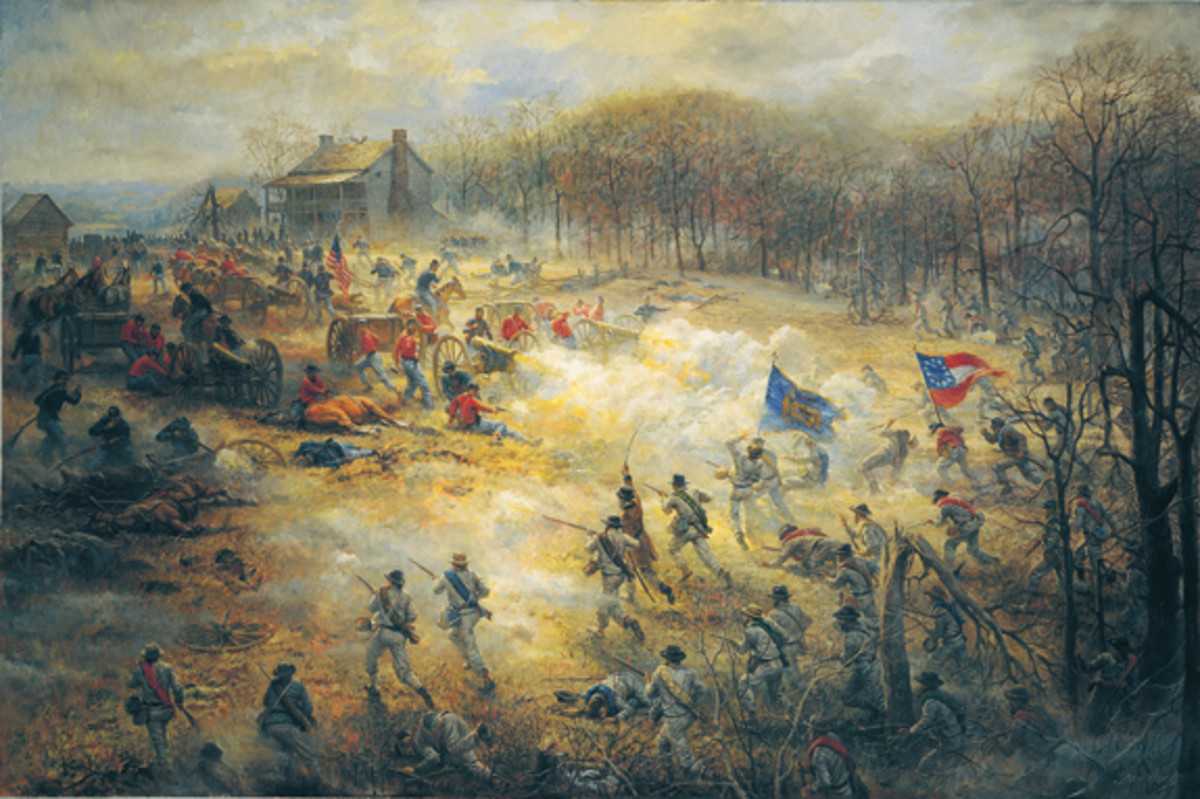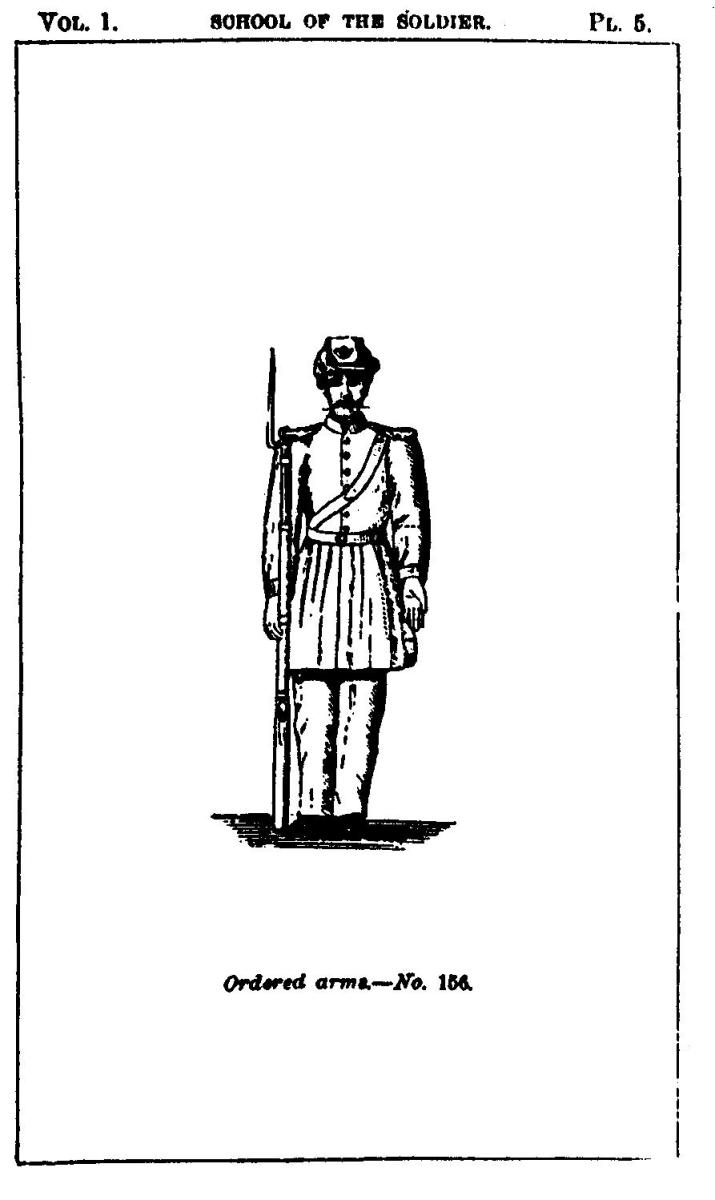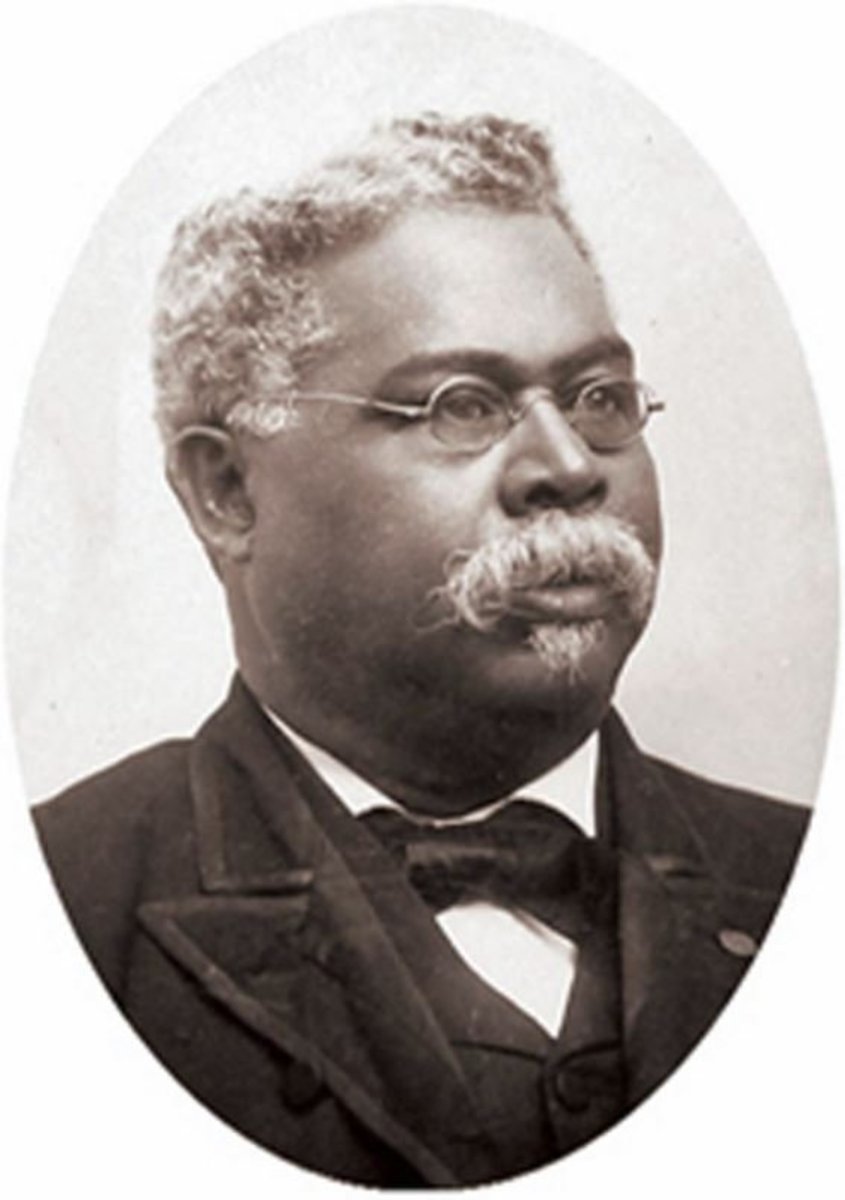- HubPages»
- Education and Science»
- History & Archaeology»
- History of the Americas»
- American History
Life Sketch of General Thomas Ewing Jr.
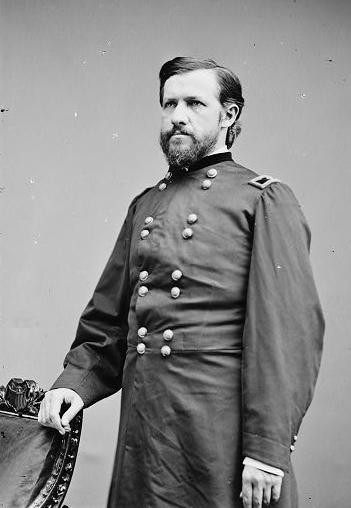
When you think of names of Civil War generals who had a profound influence before, during and after the Civil War, the name Major General Thomas Ewing Jr. usually does not pop-up. However, his role during the war had a huge impact on how some of the events unfolded. His life after the war was noteworthy.
Born 7 August 1829 in Lancaster, Ohio, Thomas Ewing Jr. was the third son of influential Ohio Senator Thomas Ewing Sr. and brother-in-law to General William Tecumseh Sherman. He studied law in Cincinnati and moved to Leavenworth, Kansas to practice law and became highly involved in the free-soil movement. When Kansas was admitted to the Union, Ewing became the state's first chief justice.
When the Civil War began, Ewing raised the 11th Kansas Regiment to fight for the Union and was elected Colonel of the regiment and served with the regiment at the battles of Cain Hill and Prairie grove. His real distinction begins when, as a Brigadier General, he is placed in command of the highly volatile Border District.
Since the days of Bleeding Kansas in the 1850s, tensions between pro-slavery Missouri and the now free-state of Kansas ran high. Missouri bushwhackers and Kansas Jayhawkers and Red Legs were constantly at each other's throats, and when William Quantrill and his band of guerrillas arrived in Lawrence, Kansas at five o'clock in the morning on 21 August 1863 and completely ravaged the town, killing 150 men and boys, and robbing, looting and burning the town, Thomas Ewing had to do something about the guerrilla hostilities.
His answer (with some prodding from fire-brand Senator and Jayhawker James H. Lane) was to draw up the infamous "Order No. 11." With its harsh treatment of the civilian population, it was what Ewing believed the only solution to curtail guerrilla activity in the region. However, the methods used to enact the order (mainly, his use of Kansas troops that were mostly made up of Red Legs) and the resulted slaughter and desolation of four Missouri counties left a permanent stain on Ewing's resume.
Order No. 11 had indeed put a quiet over Kansas and in March, 1864, Ewing was ordered to St. Louis as a member of the staff of Union Major General William Rosecrans. It was during this period that Ewing would pull off one of the most incredible stands of the Civil War that has sometimes even been called the "Thermopylae of the West."
Confederate Major General Sterling Price had begun his march into Missouri to attempt to seize St. Louis and its supplies, rally the citizens to the Confederacy, and put in place Thomas Reynolds as governor. On September 26th, 1864, Ewing was dispatched with the veteran 14th Iowa Infantry to ascertain the forces operating in southeast Missouri, and to hold Fort Davidson in Pilot Knob against what was considered a detachment of Price's army. Prices army numbered well over 12,000 soldiers against a little over 1,000 men. However, lack of reliable information and the strong spirit of the Union defenders, would see Price's army cut down as they attempted to take the tiny Fort. Ewing, aware of his reputation in regards to Order No. 11 was demanded to surrender, in which he replied, "They shall play no Fort Pillow game on me" and resolved to hold the fort. The ensuing and repeated attacks on the fort by the superior numbered Confederates and the tenacity and will of the Union defenders to not give it up is its reference to the famed battle at Thermopylae. The Union defenders lost about 29 men with 44 wounded, the Confederates however, saw over 1,500 of their troops killed or wounded by this small detachment of soldiers.
As night fell however, it was apparent that come morning, Price would once again press a full frontal assault on the fort, complete with artillery, and there would be no saving themselves or the fort. Ewing chose to evacuate the fort under cover of darkness, blow up the powder magazine and attempt to retreat to the safety of Rolla, Missouri. The Union soldiers made it to Leasburg, just outside of Rolla, and held defense there against the pursuit of Confederate Generals John S. Marmaduke and J.O. Shelby, who by the morning of October 1st, had rode off to join Price in Jefferson City, believing the attack on this new position would be too costly.
The time wasted on this futile pursuit, the huge loss of life at Pilot Knob now altered the original plans of Price's raid, and the conflict and stand by Ewing and his troops at Pilot Knob, in effect, ended the raid as it begun. Price would attempt to cross Missouri and by the end of October, his army was defeated and shut down at Westport and then at Mine Creek in KS. Price's infamous raid of 1864 was over and it had been by the brave and wise action of General Ewing.
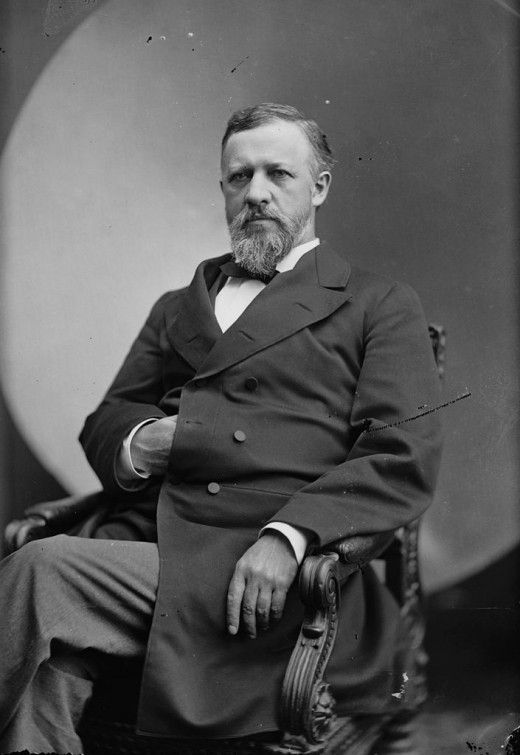
In February 1865, Ewing resigned his commission in the Army to his good friend the President, Abraham Lincoln, and went back to public life. A month later, Lincoln was dead. Ironically, Ewing agreed to represent three of the conspirators in Lincoln's assassination, Dr. Samuel Mudd, Samuel Arnold and Edmund Spangler. His efforts, in effect, kept those three men from meeting the same fate as the other conspirators and they were sentenced to prison at Fort Jefferson in Florida. Ewing also successfully obtained a pardon for Dr. Mudd at the end of President Johnson's term of office.
Ewing practiced law in Washington D.C. from 1865 until 1870 when he moved back to his home in Lancaster, Ohio to practice law and became a Congressman for his state. In 1880 he ran for Governor of Ohio and narrowly lost the election. IN 1881 he moved to New York to again practice law and ended his career in public office. Thomas Ewing Jr. died after he was struck by a New York City omnibus in 1896 and is buried in Yonkers, NY.
Sources
Busch, W. E. (2003). General, You Have Made the Mistake of Your Life. Independence, MO: Two Trails.
Busch, W. E. (2010). Fort Davidson and the Battle of Pilot Knob: Missouri's Alamo. Charleston, SC: The History Press .
Peterson, C. A. (1914). General Thomas Ewing’s Great Military Feat Fifty Years Ago. New York: Neale Publishing Company.
Peterson, C. A., & Hanson, J. M. (1914). Pilot Knob: The Thermopylae of the West. New York, NY: The Neale Publishing Company.
Smith, R. D. (2008). Thomas Ewing Jr. Frontier Lawyer and Civil War General. Columbia, MO: University of Missouri Press.

